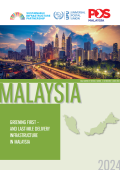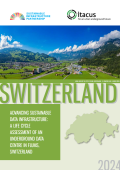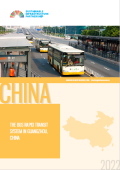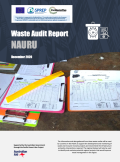
The case study focuses on Malaysia’s strategic efforts to integrate sustainable practices into its logistics and e-commerce infrastructure, highlighting the operations of Pos Malaysia, the country’s leading parcel service provider.

The case study details the innovative approach of using Underground Data Centres (UDCs) as a sustainable alternative to traditional aboveground data centres.

The flyer describes in a short and concise way a procedural model for the development of policy instruments for resource efficiency for manufacturing industries. Based on five principles of action: docking, impact, urgency, prioritization and integration and a phase model, the concrete results of the application in the Argentine metal processing industry are described.

This factsheet illustrates how the Argentinian construction industry is actively lowering GHG emissions by incorporating a material efficiency strategy within its regulatory framework.

This study investigates the current and potential barriers to increasing the supply and demand of green finance, and its accessibility to the industrial sector in Jordan.

The case study details the use of the SOURCE platform to strengthen Ukraine's capacity for sustainable infrastructure.

The case study details Guangzhou's successful implementation of a Bus Rapid Transit System which provides responsive, resilient and flexible service.

The case study details Helsinki's exemplary use of it's underground spaces.

This case study gathers information and data from waste audits to be used to support the development and monitoring of waste and resource recovery projects and recommend the infrastructure and policy interventions required.
The research presented in this study is aimed to identify best practices on adopting, implementing and enforcing energy efficiency standards and energy efficiency technologies for the building sector in the UNECE region.
